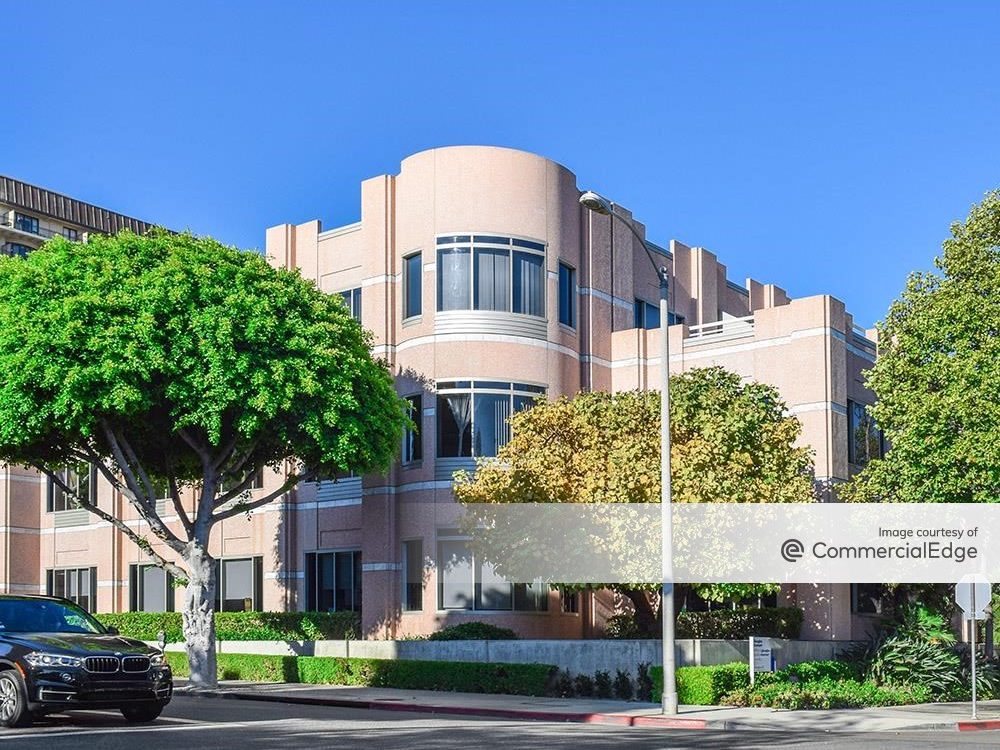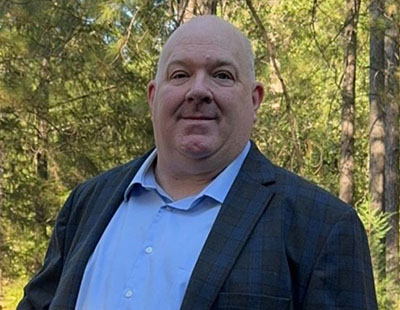In a Turbulent Market, Know Your Lenders
Many sponsors today will have to look beyond their traditional relationships, according to Andrew Mekjavich of Gantry.
It has been just over a year since the Federal Reserve shifted policy, beginning a series of incremental rate increases in an effort to combat rampant inflation. Since then, those hikes have dramatically reshaped market realities for commercial real estate investment and finance. In a landscape also subject to a sustained array of global economic and geo-political disruptions, we have entered a new cycle where, for the foreseeable future, commercial mortgage debt will be constrained.
Headlines have been rough, but seasoned professionals know that investors transact in every market cycle and that significant wealth can be created during times of turbulence. Pain has already been felt, but not in equal measure for all. Those who invested conservatively in the years leading up to this cycle shift are still thriving as there is an abundance of debt liquidity available for prudent real estate owners. For those who invested with higher leverage and based on speculative cashflows, this cycle will likely require new capital infusions in order to maintain viability. Expect rate volatility, pending maturities, debt service, price discovery, and rescue capital to be prevalent in conversations this year.
At Gantry, we are busy as advisors, answering questions from our sponsor clients and communicating with our roster of insurance company correspondents and other affiliated lenders. One thing is for sure, many experienced sponsors will need to move beyond their traditional relationship-driven financing sources (banks) this year to find the best solution for their financing needs in the broader markets. Here’s a general primer on what to expect from the different lender classes as we move into the year ahead.
Insurance companies stay active
It is a great time to have access to insurance company capital. Insurance company lenders are advantageously positioned to be a stable and consistent source of commercial mortgage debt for a broad range of assets and markets. With no desire for deposits, nor a dependence on them to make new loans, insurance companies have filled some of the void created by the banking industry’s contraction in commercial lending. Our insurance companies are consistently locking rates in the low- to mid-5 percent range for 10-year debt. Unlike most banks, insurance company lenders tend to focus on a specific asset, vs. a global underwriting of a sponsor’s entire portfolio. Though not known to lend the last dollar of leverage, this conservative approach has allowed insurance company lenders to remain in the market while other lender segments pause and pull back.
Debt funds get conservative
Debt funds remain an active source of capital, although they are tightening their underwriting criteria to define a more conservative exit strategy for their capital. They are, however, more likely to push leverage higher than insurance companies and banks, but with an elevated cost of capital. Debt funds are also picking up market share in the construction space as banks retreat from exposure. The last year has also posed challenges for some debt funds. As their payoffs have slowed, the allocation of capital to make new loans diminishes.
Banks are selective
Banks have experienced significant headline media scrutiny. However, not all banks are created equal. Now more than ever, substantial bifurcation exists in the banking sector. Many banks are out of the market, while others have implemented floor rates and underwriting criteria that push good deals out of reach. With less banks in the market, the division in the sector has cleared a path for the remaining banks to win business. Depository requirements, tighter underwriting, less leverage and shorter fixed-rate loan segments will continue in prevalence as the year plays out.
CMBS goes quiet
CMBS originations have dropped to historic lows. Rate volatility, pricing/bond pricing and a general market sentiment that rates will be lower in the coming years, have all impacted conduit originations. CMBS is the remaining alternative for sponsors requiring full term I/O on assets not attracting quotes from insurance companies, agencies and banks. When stability reemerges in debt pricing, we anticipate conduit lenders to regain their active position in the market. Gantry is a primary servicer for CMBS loans, and we do anticipate that distress will increase as significant CMBS debt placed in 2013 and 2014 reaches maturity and occupancy trends in office continue to evolve.
Lenders are becoming more focused and disciplined while remaining confidant in the fundamentals of most CRE asset classes. At Gantry, a long-rated Primary Servicer by Standard & Poor’s, we continue to see 100 percent performance from our approximately $18 billion portfolio of serviced commercial mortgages spanning more than 2,100 loans in 43 states as of the first quarter of 2023. These loans represent financings in every asset class, and the portfolio’s fourth quarter 2022 performance reporting has also shown improved metrics in areas such as debt coverage ratio and occupancy beyond what was forecasted. That bodes well for what will remain a constrained debt market in the months ahead.
Andrew Mekjavich is a principal at Gantry.








You must be logged in to post a comment.